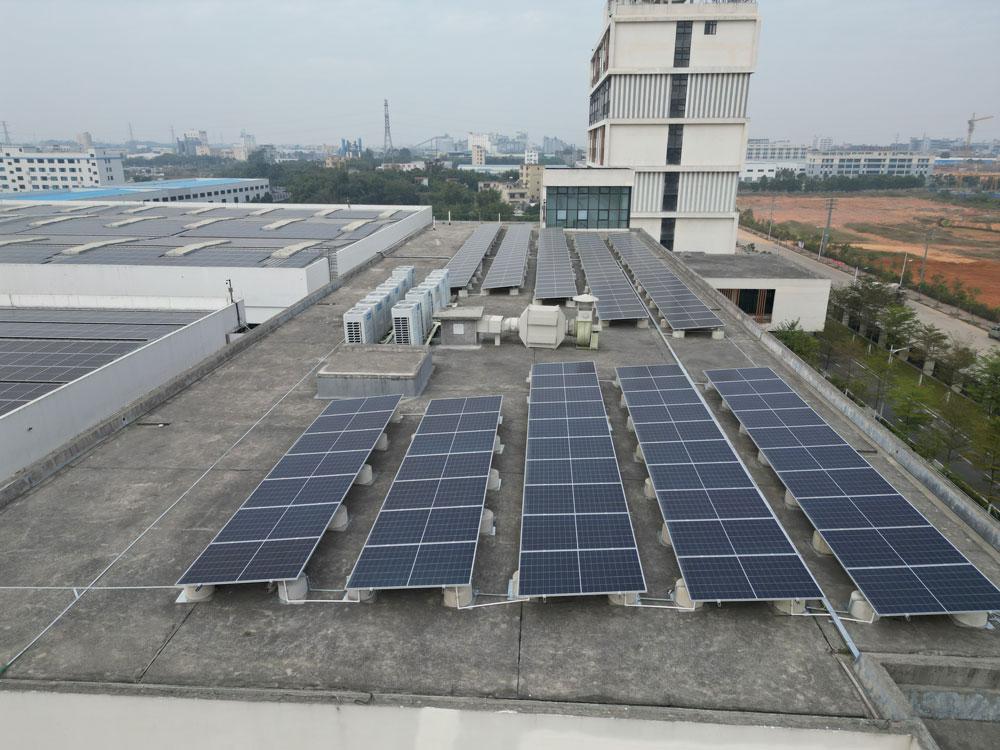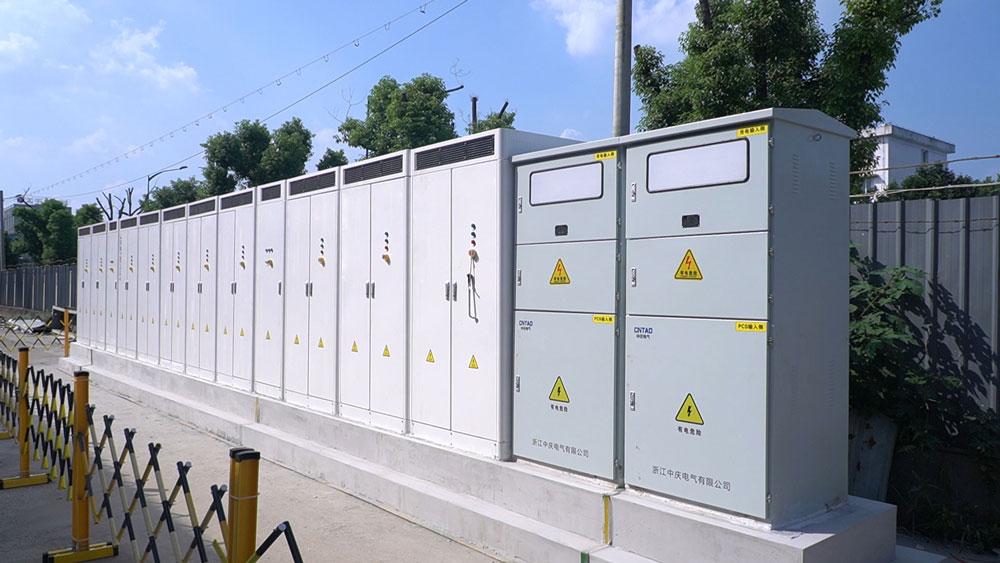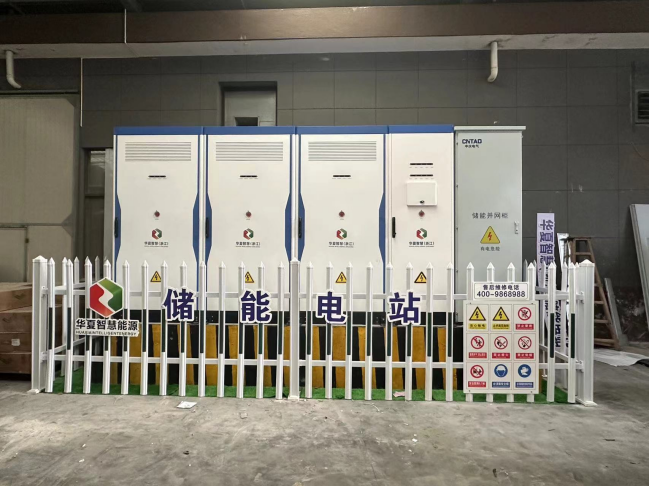A Beginner’s Guide to estimate the capacity of PV and storage
In today's evolving renewable energy landscape, solar-plus-storage systems represent a vital solution. Determining the optimal scale (installed PV capacity) and storage capability (energy storage capacity) for such a plant is critical. This process requires rigorous analysis and scientific calculation, considering multiple interdependent factors. This article outlines the key steps and analysis involved.
I. Determining the PV Plant's Installed Capacity
Establishing the right photovoltaic (PV) generation capacity starts with a comprehensive analysis of the site's electrical load profile, including local electricity pricing, the owner's distribution system, energy consumption structure, and load characteristics.

1. Analyze the Current Electrical Load Profile
·Local Electricity Pricing: Assess current tariff structures (including peak/off-peak pricing) to evaluate the project's economic viability.
·Owner's Distribution System: Examine the existing grid connection capacity, transformer ratings, and load profiles to ensure seamless integration without overloading the system.
·Energy Consumption Structure: Analyze historical usage patterns, daily/monthly/seasonal variations, and peak demand periods. This is crucial for optimizing storage operation, especially under time-of-use (TOU) tariffs.
·Load Characteristics: Identify the types, sizes, and variability of electrical loads to define the power and energy requirements the PV + storage system must reliably meet.

2. Calculate the Required Energy Demand
·Total Connected Load Power (kW): Sum the rated power of all critical electrical equipment, machinery, lighting, and systems.
·Required Daily Operating Hours (h): Determine the average daily runtime for the loads.
·Daily Energy Requirement (kWh): Multiply the Total Connected Load Power by the Required Daily Operating Hours.
3. Assess Solar Energy Generation Potential
·Daily PV Generation Estimate (kWh/day): Calculate potential daily output based on the proposed PV module rated power, local solar irradiation data (peak sun hours), and system efficiency factors (including PV module efficiency, inverter efficiency, temperature, and soiling losses).
·Annual PV Generation Estimate (kWh/year): Multiply the estimated daily generation by the number of effective generation days per year, accounting for weather-related downtime (rain, snow, clouds) and planned maintenance periods.

4. Determine the PV Installed Capacity
·Compare Demand vs. Generation Potential: If the estimated solar generation meets or closely matches the calculated daily/annual energy requirement, the required PV installed capacity can be sized accordingly based on the module ratings and quantity needed.
·Factor in a Safety Margin: Account for real-world inefficiencies like DC/AC conversion losses, wiring losses, and potential degradation over time by adding a prudent safety margin (e.g., 10-20%) to the calculated PV capacity.
II. Determining the Energy Storage System Capacity
Sizing the battery energy storage system (BESS) also requires a multi-faceted approach, primarily focused on understanding the backup requirements during periods without solar generation.
1. Analyze Storage Requirements
·Required Backup Duration (h): Define the critical period the system must power the designated loads solely from the batteries during extended low/no-sun conditions (e.g., overnight, multiple cloudy days).
·Backup Load Capacity (kW): Identify the total power rating of the essential loads that must be supported during the backup period.

2. Calculate the Battery Storage Capacity
·Formula Application: Use the formula: C_c = (D * F * P_0) / (U * K_a)
ps:
C_c = Required Usable Battery Capacity (kWh)
D = Required Backup Duration (hours)
F = Battery Discharge Efficiency Factor (typically ~1.05-1.10, accounting for inverter & battery losses during discharge)
P_0 = Backup Load Capacity (kW)
U = Maximum Permissible Depth of Discharge (DoD) (e.g., 0.5-0.8, depending on battery chemistry and warranty)
K_a = AC Conversion & Distribution Loss Factor (typically ~0.7-0.85)
·Consider Practical Factors: Balance the formula result with real-world considerations: battery round-trip efficiency, cycle life expectations at the chosen DoD, temperature effects, project budget, and overall system lifetime cost.

3. Validate and Optimize Storage Capacity
·Simulated Operation Scenarios: Model system performance using energy simulation software under various conditions (different solar profiles, varying load demands, grid outage scenarios) to test if the proposed storage capacity reliably meets the backup requirements and operational goals (e.g., peak shaving, self-consumption).

·Refine and Optimize: Based on simulation results, adjust the storage capacity. Increase capacity if simulations show insufficient backup or unmet goals. Consider reducing capacity (or adjusting the discharge strategy/DoD) if simulations indicate significant oversizing, to optimize capital expenditure.